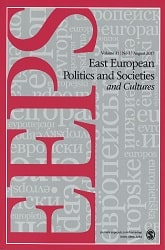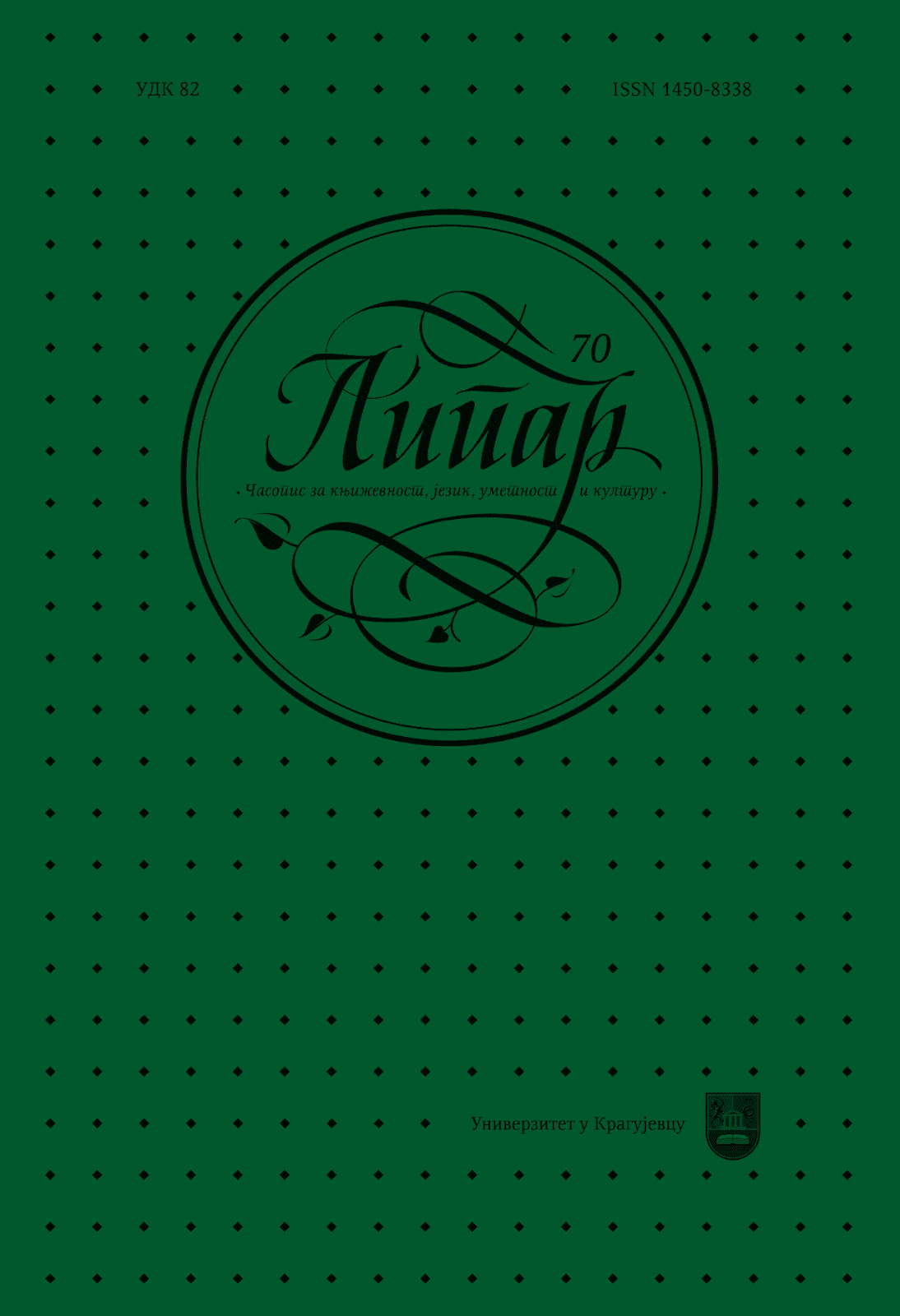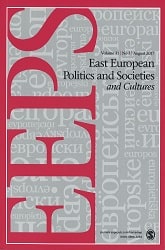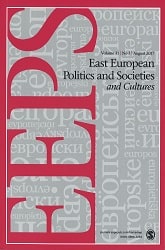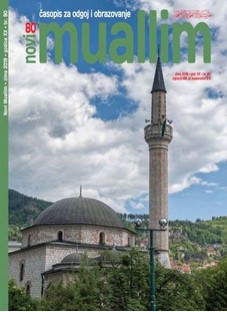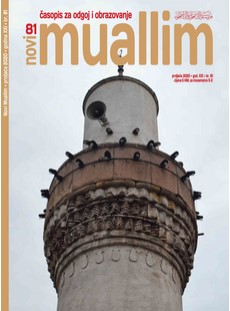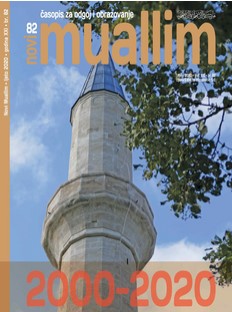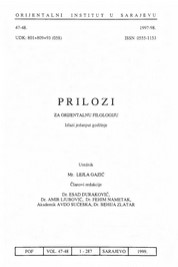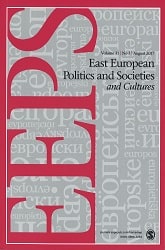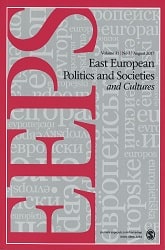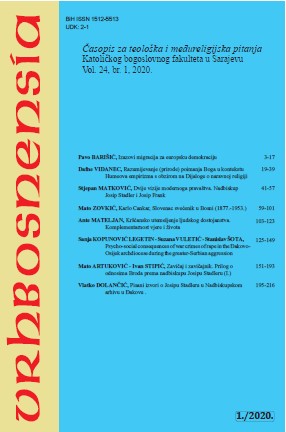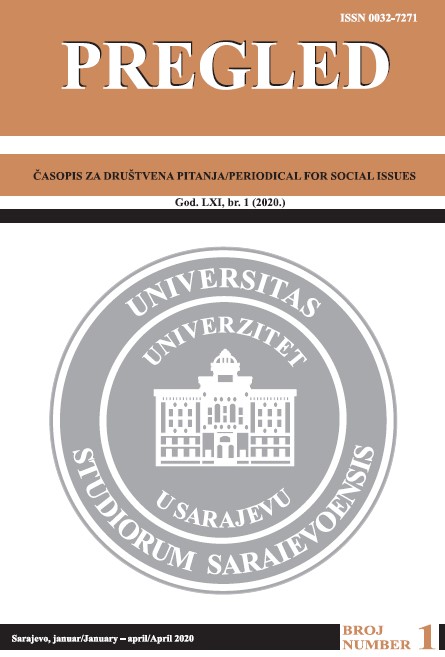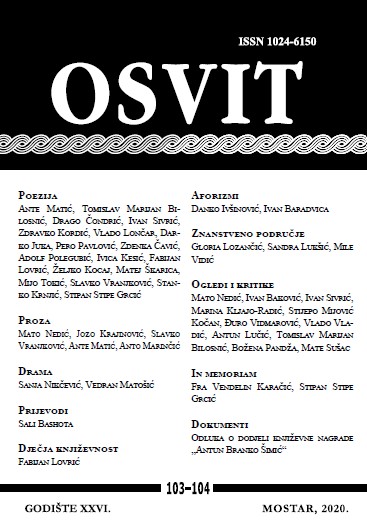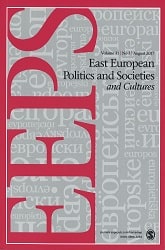
Jedwabne before the Court. Poland’s Justice and the Jedwabne Massacre—Investigations and Court Proceedings, 1947–1974
On 10 July 1941, Jewish inhabitants of the little town of Jedwabne were burnt alive in a barn by their Polish neighbors. This was probably the worst act of violence inflicted on Jews by the Poles during World War II. By examining postwar legal proceedings related to the Jedwabne massacre, this article looks at the attitude of Polish authorities towards crimes committed by the Poles on Jews during the war as well as the reaction of the local community to its own dark past. Although a group of perpetrators were put on trial in 1949 and 1953, criminal court files reveal the indolence and ineffectiveness of Communist Poland’s justice in such cases. The documents also expose a conspiracy of silence among residents of Jedwabne and their solidarity with the defendants. On the other hand, a scrutiny of civil court proceedings discloses mechanisms of appropriation of the victims’ property by the perpetrators. An analysis of a subsequent investigation into the Jedwabne case carried out in the 1960s and 1970s proves that it predominantly aimed at erasing the truth about Polish involvement in the crime, and as its result German gendarmes were officially pointed out as the sole culprits. Only after the restitution of democracy in 1989 was Poland able to openly confront black pages of its history including the Jedwabne massacre.
More...
